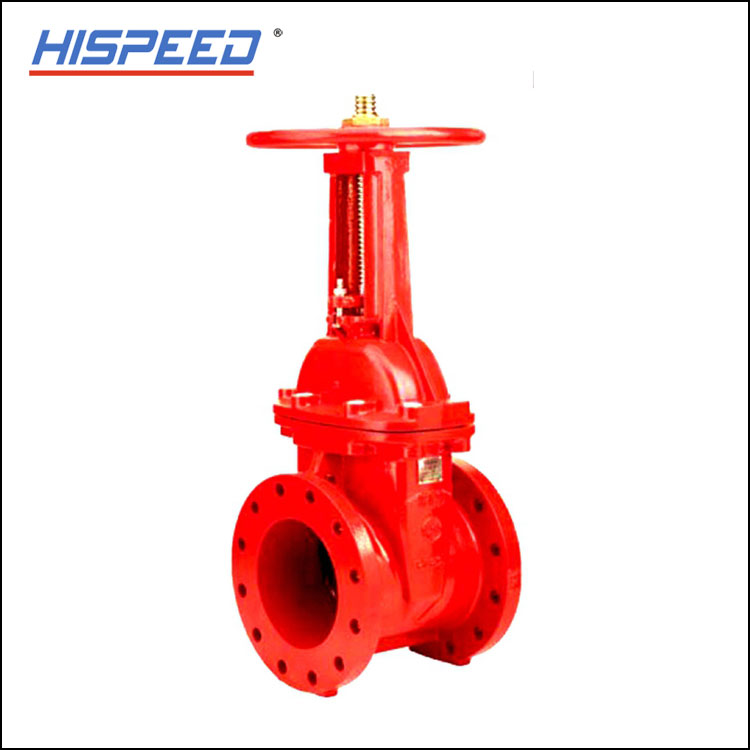As we all know, the corrosion damage of metal has a considerable impact on the life, reliability and service life of the valve. The effect of mechanical and corrosive factors on the metal greatly increases the total amount of wear on the contact surface. The total amount of wear on the friction surface of the
valve during operation. During the operation of the
valve, the frictional surface is worn and damaged due to the simultaneous mechanical action and the chemical or electrochemical interaction between the metal and the environment. For valves, the climatic conditions of their pipelines are complicated; the presence of hydrogen sulfide, carbon dioxide and certain organic acids in media such as oil, natural gas and oil layer water increases the destructive power of the metal surface, which quickly loses its ability to work.
Corrosion of the valve is usually understood as the damage to the metal material of the valve under the action of a chemical or electrochemical environment. As the corrosion phenomenon occurs in the spontaneous interaction between the metal and the surrounding environment, how to isolate the metal from the surrounding environment or use more non-metallic synthetic materials has become a common concern of people.

There are four main methods for preventing corrosion of metal
valves and their parts:
1. Put the volatile corrosion inhibitor into the steam atmosphere (wrap it with barrier paper, blow to inhibit the air from passing through the product chamber, etc.).
2. Use blocked water and alcohol solution.
3. Apply a thin layer of anti-corrosion (protective) material to the surface of the
valve and its parts.
4. Coat the blocked film or thin polymer layer on the surface of the
valve and its parts.


